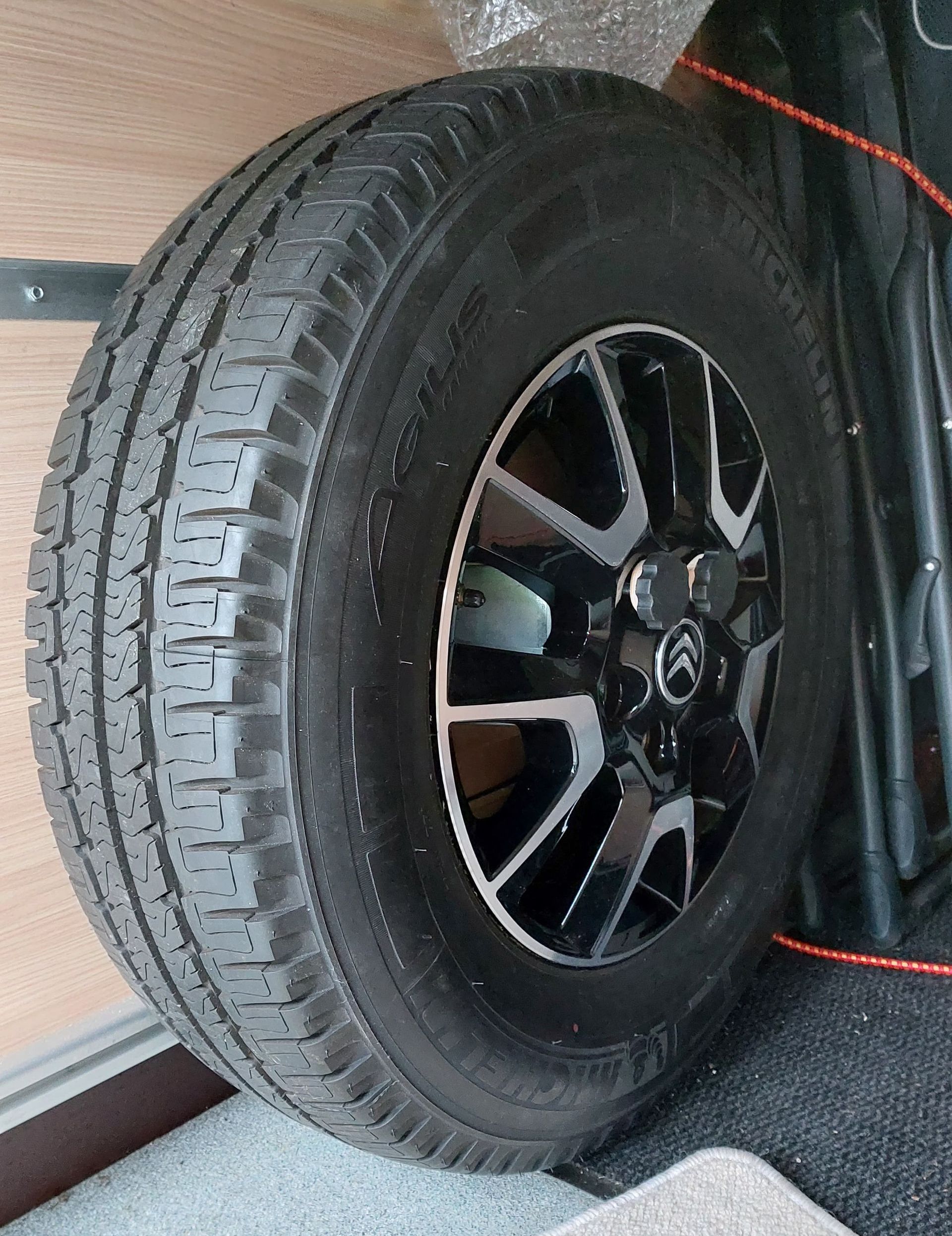Driving in the mountains.
Going into the mountains with a camper is great, but there are a few important things you really need to pay attention to.
Camping Seiser Alm
Technical state
Check the technical condition of the camper on the following points.
Brakes: Must be in top condition, as you will use them much more downhill.
Cooling: The engine can be heavily loaded, check the coolant level.
Gearbox: Make sure you know how to use engine braking and lower gears.
Tires: Tire condition and tire pressure.
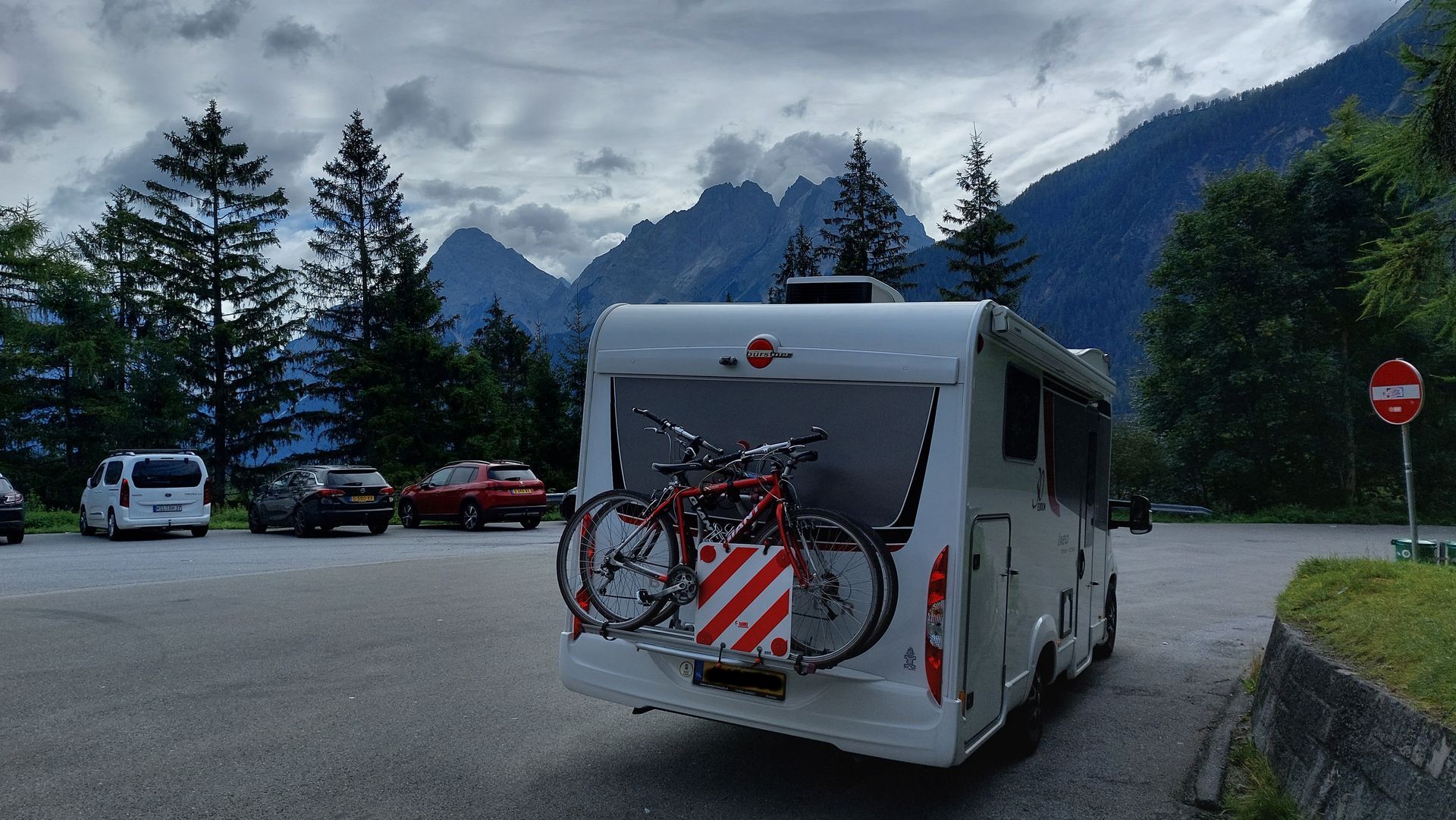
Driving skills
Climbing: Ride in a low gear, keep the engine revving but not too high.
Descending: Use the same gear as when climbing – lots of engine braking, little foot braking.
Cornering: Steer smoothly and wide; your camper is longer and heavier than a car.
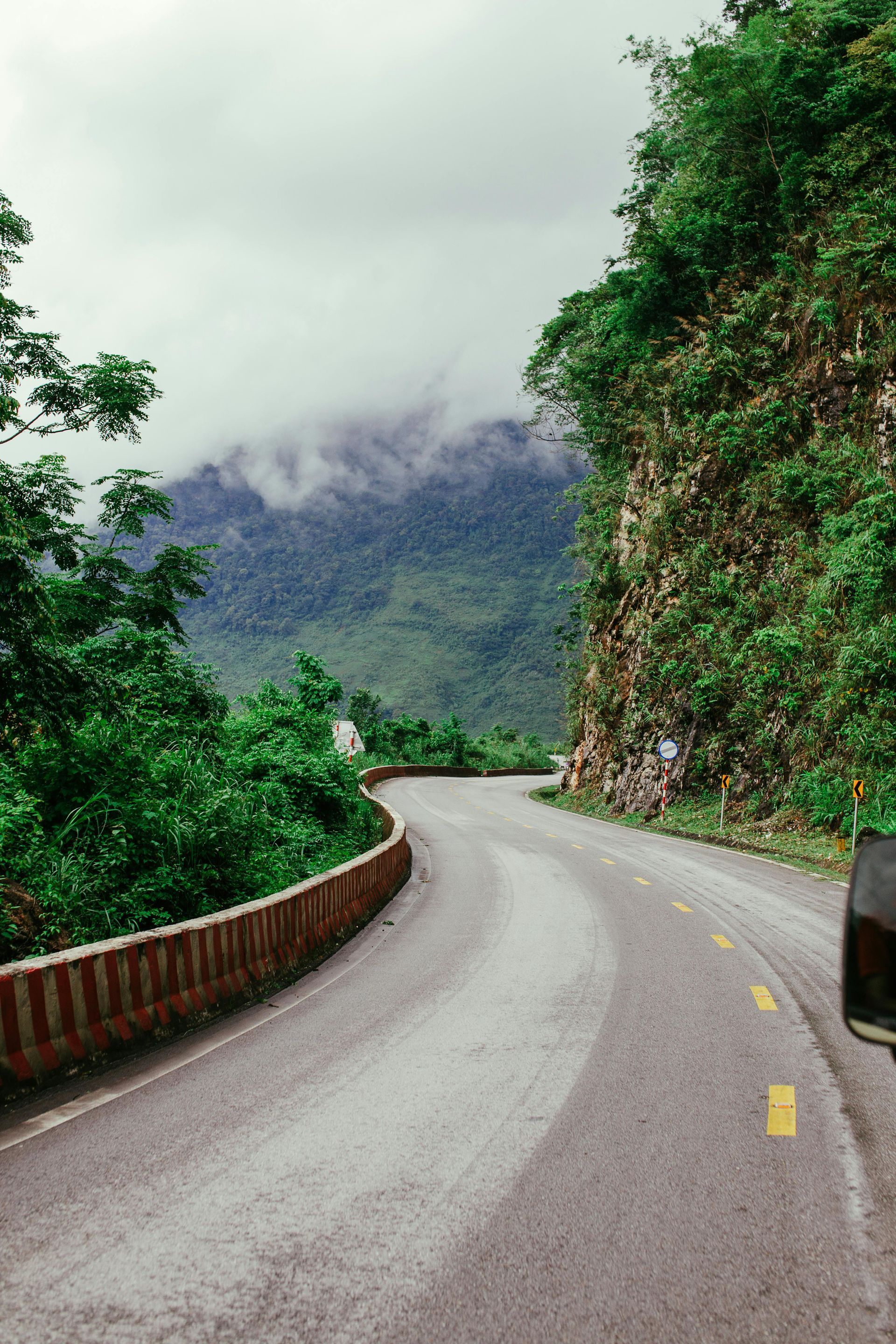
Loading
Weight: Don't overload – your camper will have a hard time in the mountains.
Weight Distribution: Place heavy items as low and as close to the axle as possible for greater stability.
More engine power: There are tuning companies that can give your camper more engine power. But first delve into the pros and cons of this.
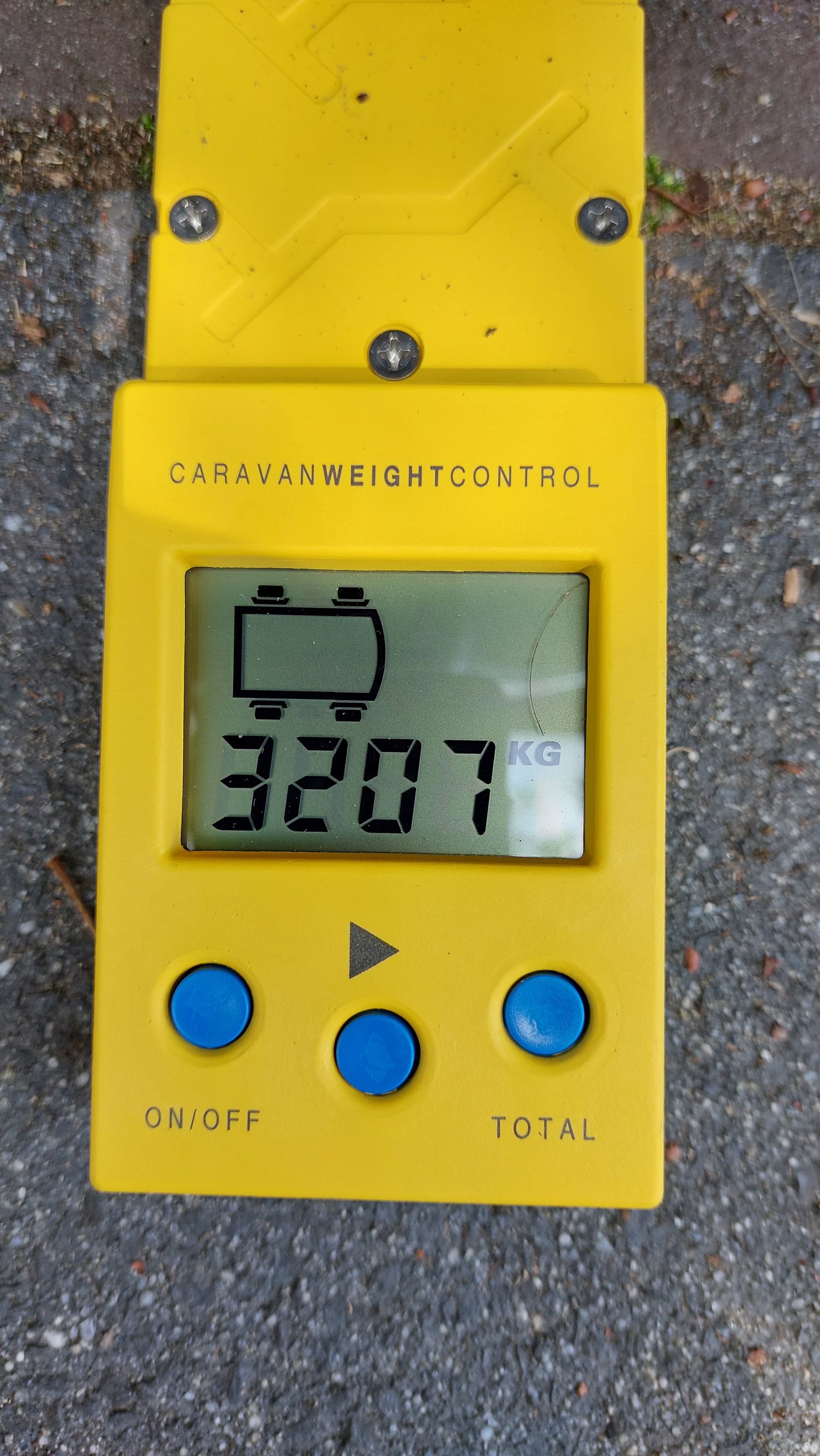
Route planning
Avoid extremely steep roads (above 10-12% gradient can be difficult for campers).
Be aware of width and height restrictions at tunnels and mountain passes.
Check alternative routes if roads are closed due to weather or maintenance.
Navigation system that is suitable for campers. Brands such as Garmin and Tom Tom offer these types of systems. I myself use the Garmin Camper 780, which I am very satisfied with.
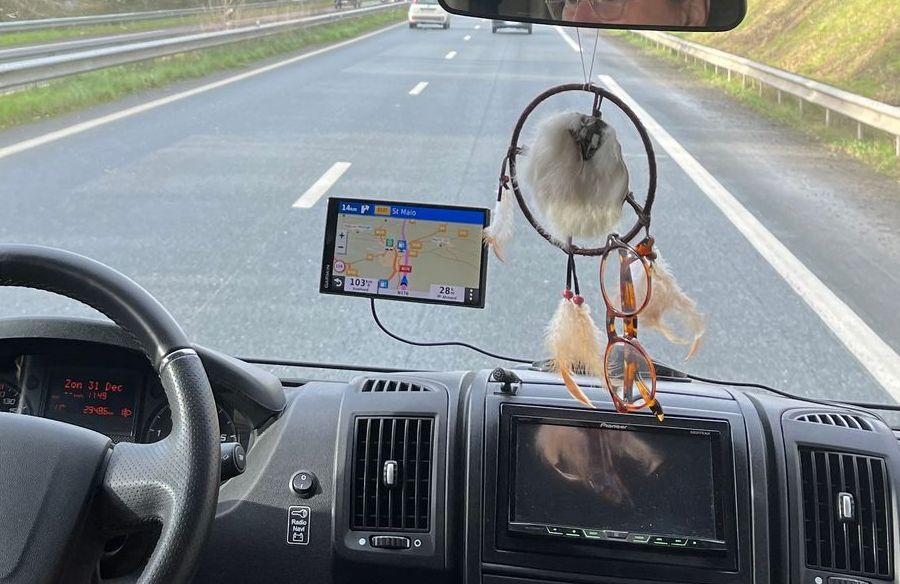
Weersomstandigheden
Fog, rain, hail, thunderstorms or snow can be dangerous in the mountains.
Wind gusts are stronger on mountain passes.
The choice of tires also plays an important role here.
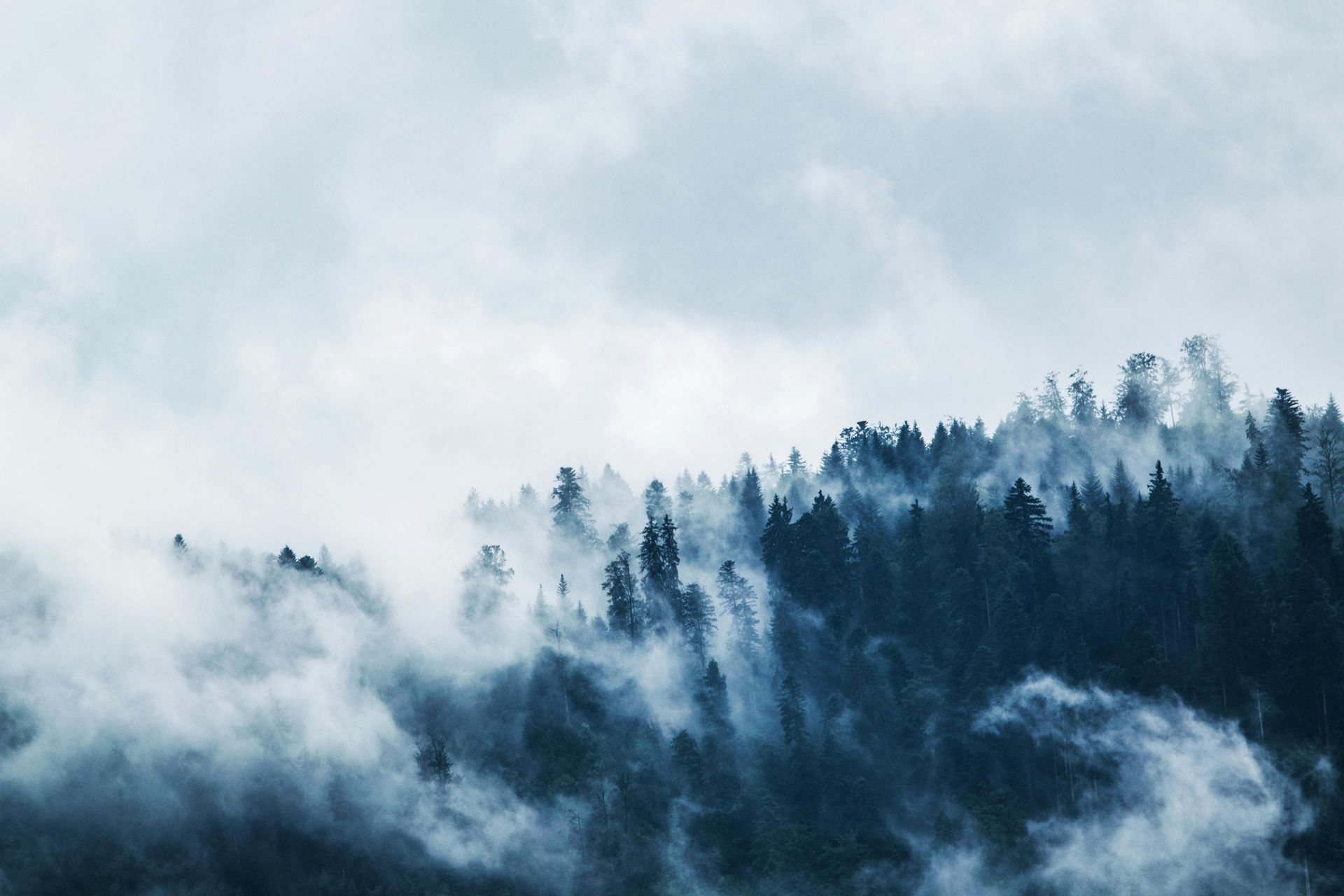
Bring extra equipment
Brake cooling spray (for emergencies)
Extra coolant and engine oil
Anti-snow chains (if you go high into the mountains)
All-season tires can provide better grip
